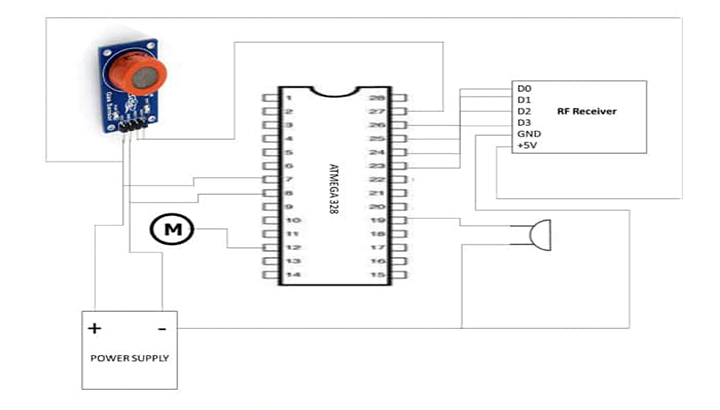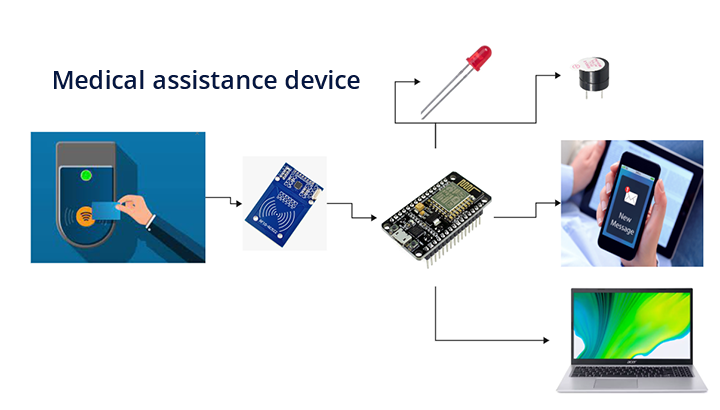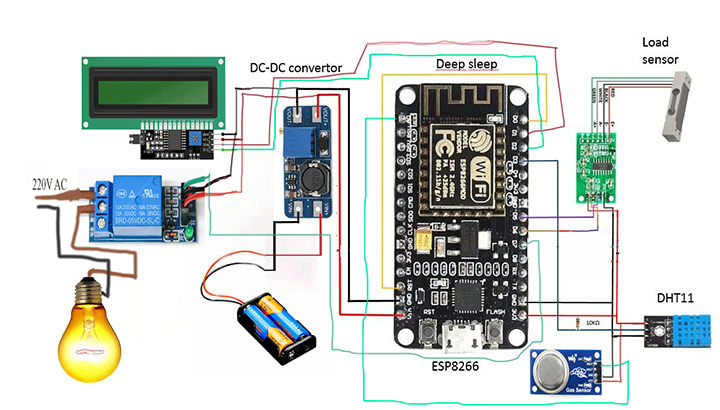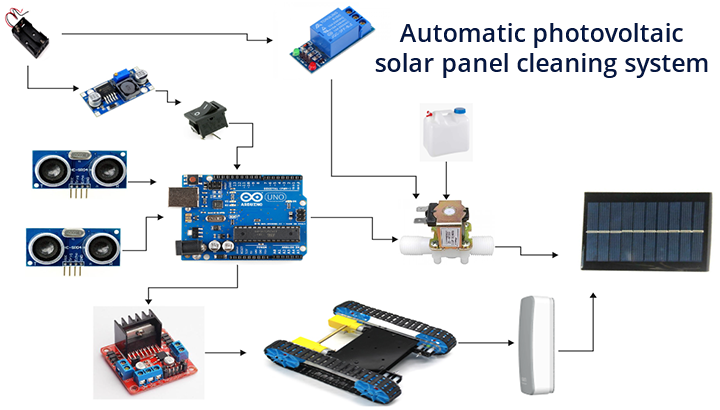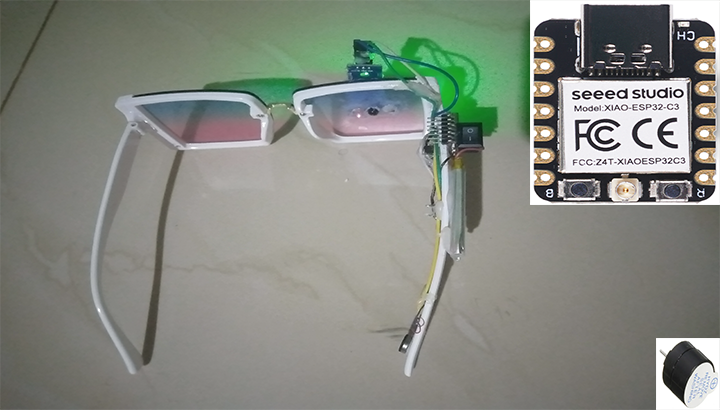Arduino-Powered Proximity Sensing Radar
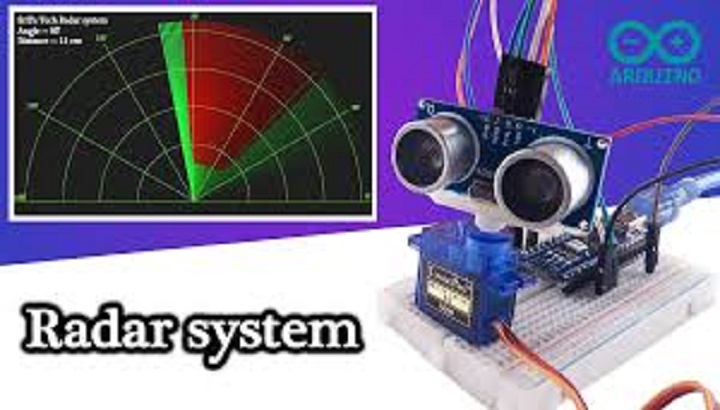
Components and Functions: Arduino Microcontroller: Serves as the central control unit for processing data from the ultrasonic sensor and controlling the output devices. Ultrasonic Sensor: Measures the distance to objects by emitting ultrasonic waves and detecting the reflected signals. Servo Motor: Rotates the ultrasonic sensor to scan the surrounding area, creating a radar-like sweeping effect. LCD Display: Provides a visual interface to display distance readings and object positions. LED: Lights up to indicate the presence of an object within a critical range. Buzzer: Emits a sound to alert when an object is detected within a predefined proximity. Jumpers: Used to connect the components to the Arduino board for communication and power supply.
Operation: The ultrasonic sensor, mounted on the servo motor, rotates to cover a 180-degree area. As it sweeps, it continuously measures distances to nearby objects. The Arduino processes these measurements to determine if an object is within a critical range. If an object is detected, the Arduino triggers the LED and buzzer to provide immediate feedback. The distance and position of the object are displayed on the LCD screen for real-time monitoring.
Applications: This radar system can be used for various applications, including proximity alert systems, obstacle detection in robotics, and basic surveillance systems. It provides a foundation for understanding radar technology and can be expanded with additional features for more complex tasks.
In summary, this project integrates multiple components to create a functional radar system, demonstrating the principles of distance measurement, data processing, and output control using Arduino.
Related project idea for free
Controlling Drunk Driving and Speeding Using RF and Alcohol Detection Sensor Technology
This proposed system attempts to address the flaws of the current system by employing cutting-edge technology to prevent road accidents caused by speeding and intoxicated driving. The system includes an RF module, a MQ3 alcohol sensor, and a microcontroller that measures the vehicle's speed as w...
Read more>>IoT-based Medi-WebCPD medical assistance device
The IoT-based Medi-WebCPD device revolutionizes the healthcare industry by leveraging Internet of Things (IoT) technology to enable seamless communication between patients and doctors. This innovative device eliminates the need for physical visits or phone calls, providing instant and secure communi...
Read more>>IOT based food grain warehouse monitoring
This project entitled ''IOT BASED FOOD GRAIN MONITORING''. In this project, a NodeMCU microcontroller is integrated with multiple sensors, including a gas sensor, DHT sensor, and two load cell sensors, as well as control for air conditioning and heating systems. The NodeMCU monitors temperature a...
Read more>>Automatic photovoltaic solar panel cleaning system
This report is a product of project entitled "Automatic photovoltaic solar panel cleaning system" The aim of this project is to design an innovative cleaning solution for photovoltaic solar panels in solar power plants. The accumulation of dust and debris on solar cells significantly reduces the eff...
Read more>>ANTI-SLEEP SYSTEM FOR VEHICLE DRIVER BASED ON SEEED STUDIO XIAO ESP32C3
Drivers who are drowsy or tired present a serious danger to other drivers on the road because they are less vigilant and are more likely to fall asleep at the wheel. The lack of an effective real-time system that can consistently identify warning signs of driver fatigue and quickly issue alarms to p...
Read more>>
